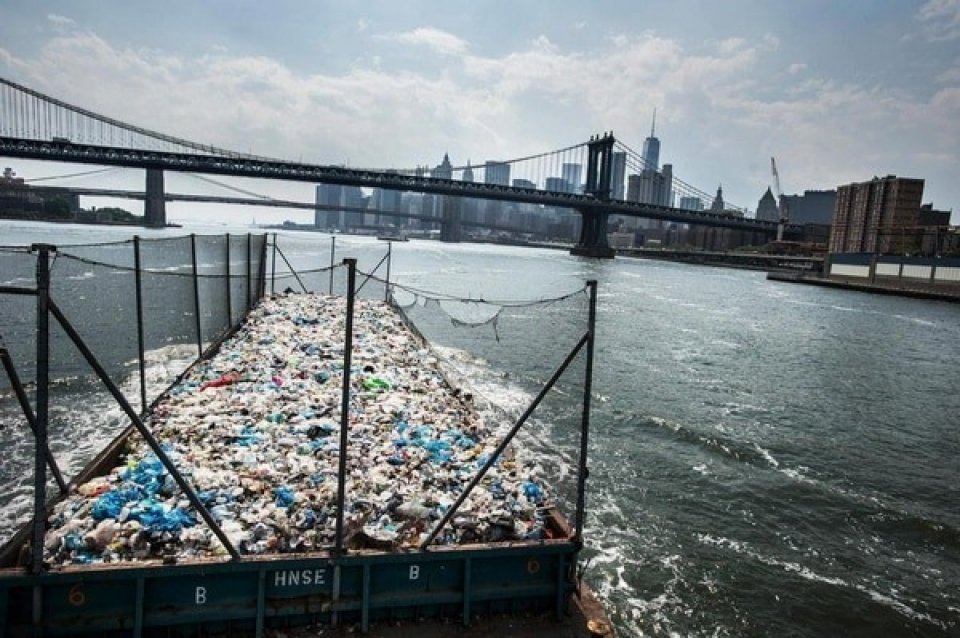New York is facing a growing environmental challenge as plastic packaging waste continues to pile up, causing major concerns for lawmakers, environmentalists, and residents alike. Despite efforts to curb plastic pollution, the city still struggles with managing the overwhelming amount of plastic waste. But what exactly is causing this crisis, and is there a viable solution to this mounting problem? Let’s explore the issue in depth.
## The Scale of the Plastic Crisis in New York
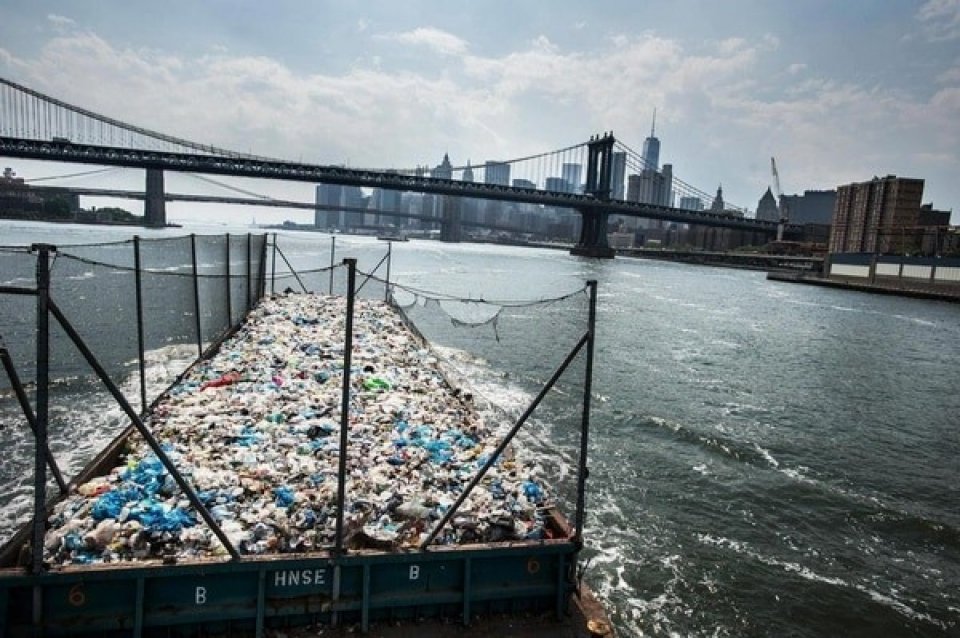
Plastic packaging has become an integral part of modern consumerism, but its impact on New York’s environment is alarming. Every year, the city generates **millions of tons of plastic waste**, much of which ends up in landfills, waterways, and even the streets. The consequences of this waste buildup are widespread, affecting everything from public health to wildlife and urban sanitation.
### Key Statistics:
– New York generates over **12 million tons of waste annually**, with plastic accounting for a significant portion.
– **More than 85% of plastic waste** in the U.S. is not recycled.
– New Yorkers discard **billions of plastic bags** every year, despite statewide bans.
– The cost of managing plastic waste in New York exceeds **hundreds of millions of dollars annually**.
## Why Is Plastic Packaging Such a Big Problem?
### 1. **Overuse of Single-Use Plastics**
One of the primary reasons behind New York’s plastic waste problem is the excessive use of single-use plastic packaging. From food containers and shopping bags to beverage bottles and packaging wrap, plastic is deeply embedded in daily life.
### 2. **Inefficient Recycling Systems**
Although New York has a recycling program, it is far from perfect. Many types of plastic packaging are **not recyclable** due to contamination, lack of proper processing facilities, or simply being made from materials that are difficult to break down.
### 3. **Consumer Habits and Corporate Practices**
Despite growing awareness, many consumers and businesses continue to rely on plastic packaging for convenience. Large corporations prioritize cost-effectiveness over sustainability, leading to excessive plastic production and waste.
### 4. **Environmental and Health Risks**
Plastic pollution doesn’t just harm the environment—it also affects public health. **Microplastics** have been found in drinking water, seafood, and even human blood. The chemicals used in plastic packaging can also leach into food and beverages, posing potential health risks.
## The Impact of Plastic Pollution in New York
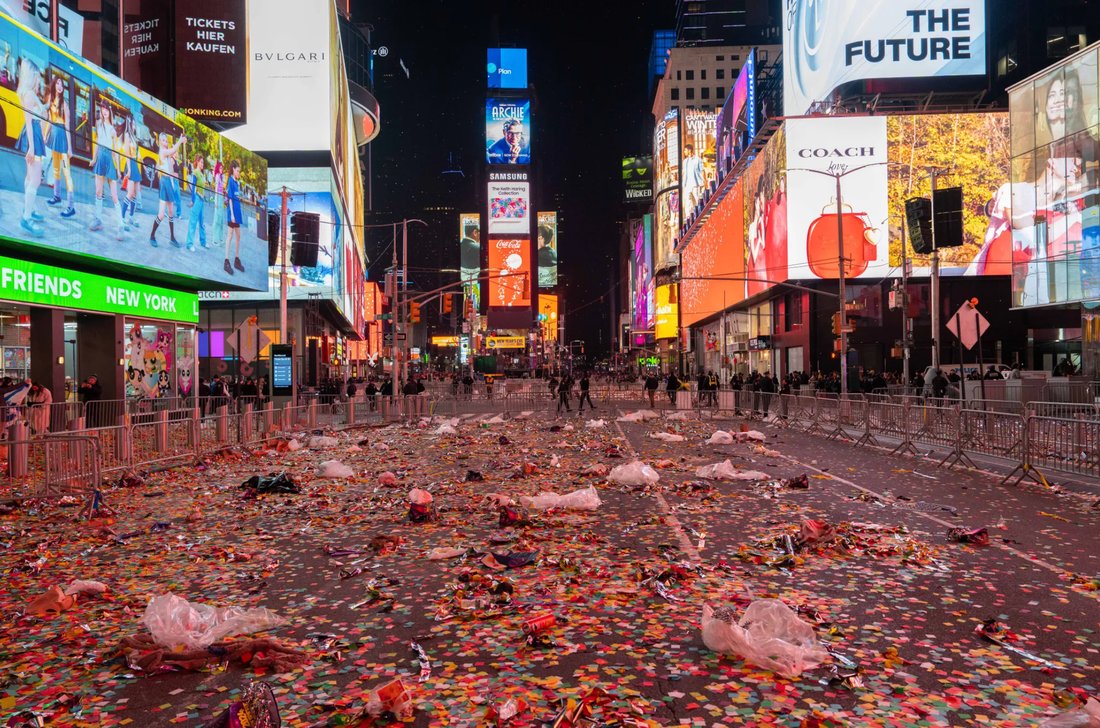
### **Environmental Damage**
– Plastic waste clogs storm drains, leading to flooding.
– Wildlife, especially marine animals, suffer from plastic ingestion and entanglement.
– Toxic chemicals from plastic seep into the soil and water, affecting ecosystems.
### **Economic Costs**
– Taxpayers bear the burden of waste management costs.
– Businesses face increased pressure to adopt sustainable packaging solutions.
– The tourism industry could be negatively affected by rising pollution levels.
### **Health Concerns**
– Microplastics have been found in human organs, raising concerns about long-term effects.
– Air pollution from burning plastic contributes to respiratory issues.
– Contaminants from plastic waste can enter the food chain, impacting overall health.
## What Is New York Doing to Combat the Plastic Crisis?
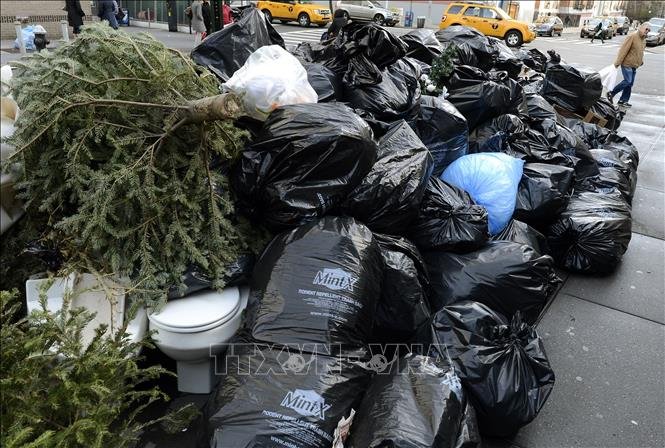
New York has implemented several initiatives to tackle plastic waste, but is it enough?
### **1. Plastic Bag Ban**
In 2020, New York implemented a **statewide ban on plastic bags**, pushing consumers to use reusable or paper alternatives. While this has reduced plastic bag waste, it hasn’t eliminated the larger issue of plastic packaging.
### **2. Extended Producer Responsibility (EPR) Programs**
Lawmakers have been working on **EPR programs**, which hold manufacturers accountable for the waste they produce. This would require companies to fund recycling and waste management efforts.
### **3. Increasing Recycling Efforts**
The city has been expanding its recycling programs, but challenges remain. Contamination, lack of public participation, and inefficient sorting facilities continue to limit recycling success.
### **4. Promoting Alternatives**
Businesses and policymakers are encouraging the use of biodegradable and compostable packaging, but the cost and availability of these alternatives are still barriers to widespread adoption.
## Potential Solutions to New York’s Plastic Problem
While New York has made progress, more aggressive steps are needed to solve the plastic crisis. Here are some potential solutions:
### **1. Stricter Regulations on Plastic Packaging**
– Implement bans on non-recyclable plastic materials.
– Enforce higher taxes on plastic packaging to discourage use.
– Require businesses to adopt sustainable packaging solutions.
### **2. Improved Recycling Infrastructure**
– Invest in advanced recycling technology to process more types of plastic.
– Expand public education on proper recycling practices.
– Incentivize companies to use recycled materials in packaging.
### **3. Corporate Accountability**
– Encourage major retailers and fast-food chains to transition to eco-friendly packaging.
– Require companies to disclose their plastic footprint and reduction strategies.
– Reward businesses that adopt zero-waste initiatives.
### **4. Encouraging Consumer Behavior Change**
– Promote the use of reusable containers and bags.
– Offer incentives for customers who choose sustainable packaging options.
– Increase awareness campaigns about the environmental and health impacts of plastic.
## The Future of Plastic Waste in New York
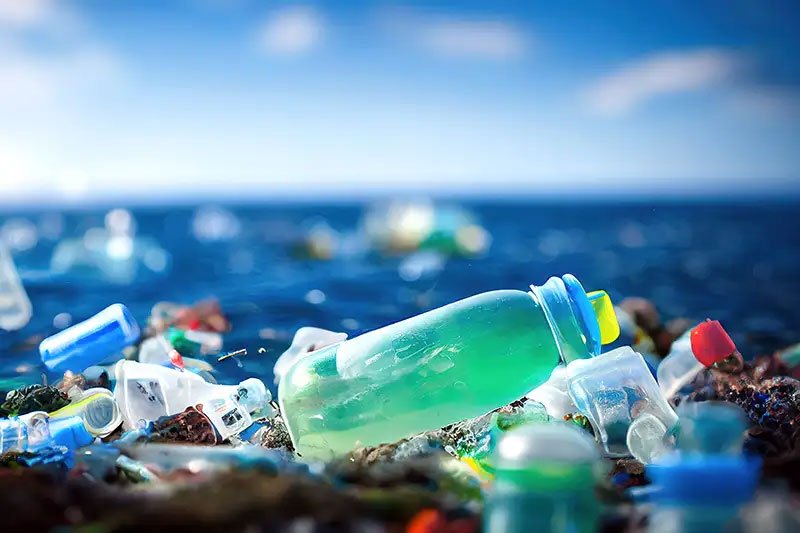
New York is at a crossroads when it comes to managing its plastic waste crisis. Without immediate and effective action, the problem will only worsen. However, with strong policies, corporate responsibility, and public participation, the city can pave the way for a more sustainable future.
### **Key Takeaways:**
✅ New York’s plastic waste problem is severe, but solutions exist.
✅ Legislative action, corporate accountability, and consumer behavior changes are all necessary.
✅ The fight against plastic pollution requires a joint effort from government, businesses, and citizens.
## Conclusion
The plastic crisis in New York is not just an environmental issue—it’s an economic and public health concern that demands urgent action. While progress has been made, much more needs to be done. The question remains: **Will New York find a way out of this plastic nightmare, or will the problem continue to spiral out of control?** The answer depends on the collective efforts of policymakers, businesses, and every New Yorker who cares about the future of their city. ♻️🌍
